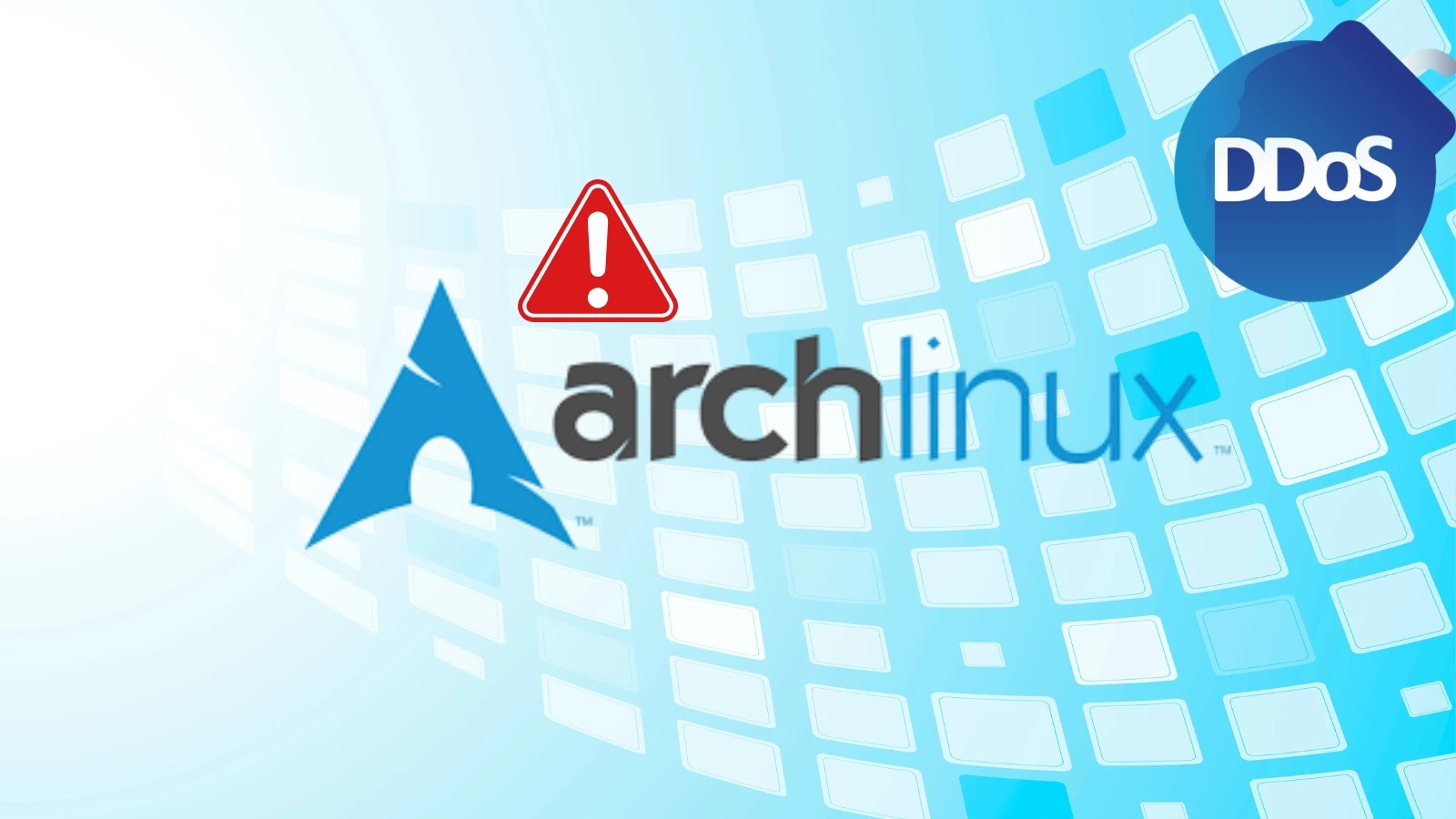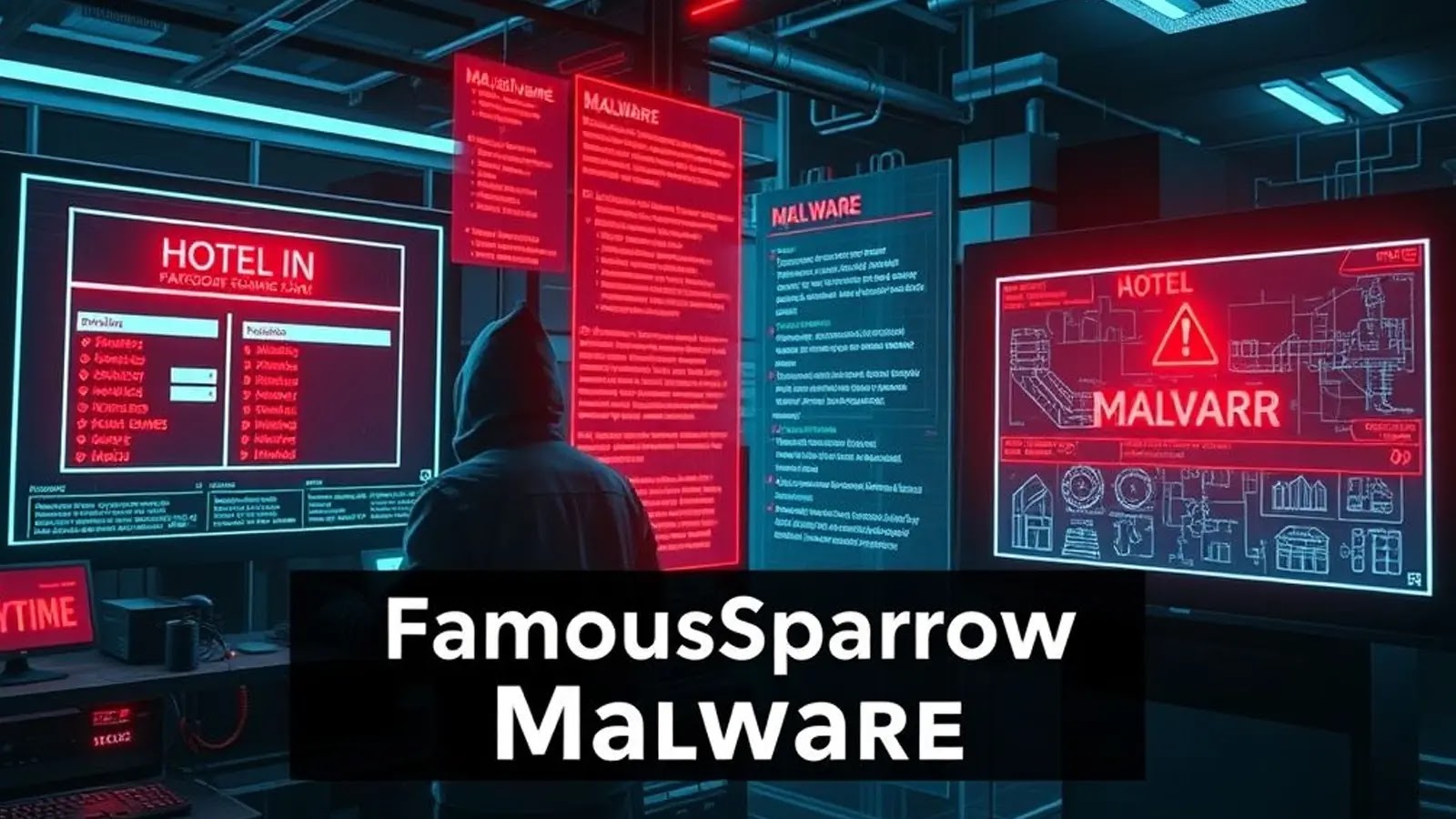The Arch Linux Project has been grappling with a persistent distributed denial-of-service (DDoS) attack that commenced on August 16, 2025. This sustained assault has significantly disrupted access to essential services, including the main website (archlinux.org), the Arch User Repository (AUR) (aur.archlinux.org), and the community forums (bbs.archlinux.org).
Details of the DDoS Attack
The attack was first identified by Leonidas Spyropoulos from the DevOps team, who reported service disruptions at 5:13 AM on August 16. By August 21, the team confirmed that the project was under a volumetric DDoS attack aimed at overwhelming the hosting infrastructure with massive traffic floods. This method involves Layer 3/4 flood attacks that saturate network bandwidth and exhaust server resources. Additionally, the attack has triggered TCP SYN authentication mechanisms deployed by their hosting provider, causing initial connection resets before legitimate requests can be processed.
Mitigation Efforts and Workarounds
In response to the attack, the Arch Linux team has implemented several emergency measures:
– Rate Limiting and Traffic Filtering: To manage the influx of malicious traffic, the team has introduced rate limiting and traffic filtering protocols.
– Collaboration with Data Center Operators: Efforts are underway with their data center operator to deploy additional DDoS scrubbing capabilities to filter out malicious traffic.
– Alternative Access Points: To ensure continued access to essential resources, the team has established multiple failover mechanisms:
– Package Management: Users can utilize the pacman-mirrorlist package’s default mirror configuration when the primary reflector endpoint is unavailable.
– ISO Downloads: Geo-distributed mirrors are available at geo.mirror.pkgbuild.com for ISO downloads, with mandatory GPG signature verification using key 0x54449A5C.
– AUR Access: The GitHub mirror repository remains accessible for AUR packages.
– Documentation: Recent snapshots of the official wiki content are available through the arch-wiki-docs and arch-wiki-lite packages.
– Real-Time Monitoring: A dedicated status page at status.archlinux.org has been set up for real-time service monitoring and incident communications, implementing automated health checks across all critical infrastructure components.
Ongoing Challenges and Considerations
As a volunteer-driven project, Arch Linux is carefully evaluating comprehensive DDoS protection providers, balancing cost, security, and ethical considerations. The DevOps team is maintaining operational security by keeping specific attack vectors and mitigation tactics confidential until the incident is fully resolved.
Context on DDoS Attacks
DDoS attacks have become increasingly sophisticated and frequent in recent years. For instance, in mid-May 2025, Cloudflare mitigated a record-breaking 7.3 terabits per second (Tbps) DDoS attack that delivered 37.4 terabytes of malicious traffic in just 45 seconds. This attack targeted a hosting provider using Cloudflare’s Magic Transit service and represented a 12% increase over the previous record. The attack utilized sophisticated multi-vector techniques, primarily UDP floods, accounting for 99.996% of the traffic, along with additional amplification attacks. Cloudflare’s zero-touch architecture with anycast routing and gossip protocol quickly contained the attack, showcasing unparalleled scalability.
Similarly, in April 2024, OVHcloud observed a record-breaking DDoS attack peaking at 840 million packets per second (Mpps). This attack was notable for its high packet rate, which can overwhelm networking devices’ processing capabilities. The analysis revealed that compromised MikroTik routers were responsible for most of the malicious traffic, highlighting the importance of securing network devices to prevent their exploitation in such attacks.
Implications for the Open-Source Community
The ongoing DDoS attack on Arch Linux underscores the vulnerabilities that open-source projects can face, especially those reliant on volunteer contributions and limited resources. It highlights the need for robust security measures and contingency planning to ensure service continuity. The Arch Linux team’s proactive approach in implementing workarounds and maintaining transparent communication serves as a model for other projects facing similar challenges.
Conclusion
The Arch Linux Project’s experience with this prolonged DDoS attack serves as a stark reminder of the evolving cyber threat landscape. It emphasizes the importance of preparedness, rapid response, and community collaboration in mitigating such attacks. As the project continues to address this challenge, it remains committed to providing secure and reliable services to its user base.



